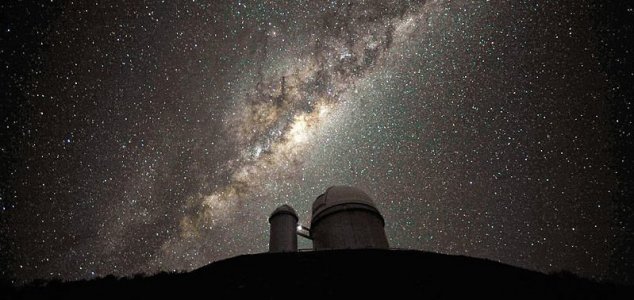
Image Credit: CC BY 4.0 ESO / S. Brunier
A new report has suggested that searching for evidence of alien life should be part of all future space missions.
While NASA has sent dozens of space probes to destinations throughout the solar system over the last few decades, relatively few of these have been designed to directly seek out extraterrestrial life.
This could soon be set to change however following the release of a new report by a group of scientists from the National Academies of Sciences, Engineering, and Medicine (NASEM).
In it, the authors call for the search for alien life to be included in all aspects of future missions "from inception and conceptualization, to planning, to development, and to operations."
The reason why this is particularly important now, they argue, is because the relatively recent discovery of more than 2,000 extrasolar worlds, coupled with new insights in to the complexity and diversity of life on Earth, has bolstered the likelihood of finding life on other planets.
The report's authors have called for the development of a "flight-ready instrument" that can be sent to other worlds as part of future missions to search for evidence of alien microorganisms.
Direct-imaging systems capable of suppressing starlight should also be utilised to look for the tell-tale biosignatures of life in the atmospheres of planets in orbit around distant stars.
"The report emphasizes the need for NASA to ramp up efforts in developing mission-ready life detection technologies to advance the search for life," NASEM wrote in a statement.
"The specialized measurements, equipment, and analysis required to take full advantage of space missions include some that exist outside of traditional space science fields, highlighting the need for interdisciplinary, non-traditional cooperation and collaboration with organizations outside of NASA."
Source:Live Science






















